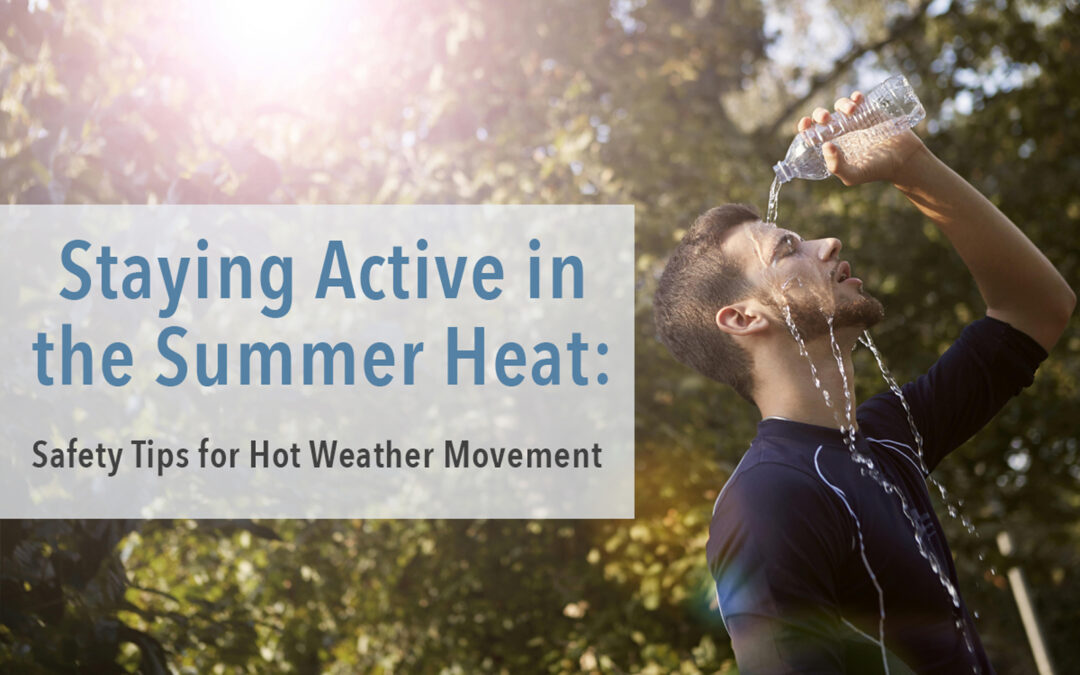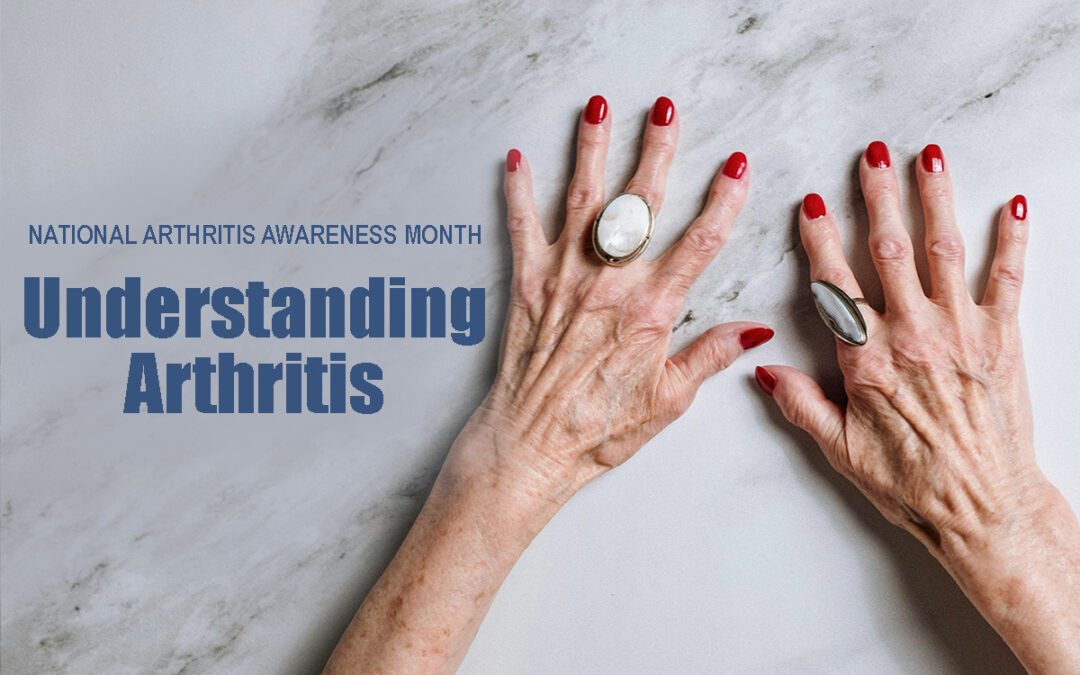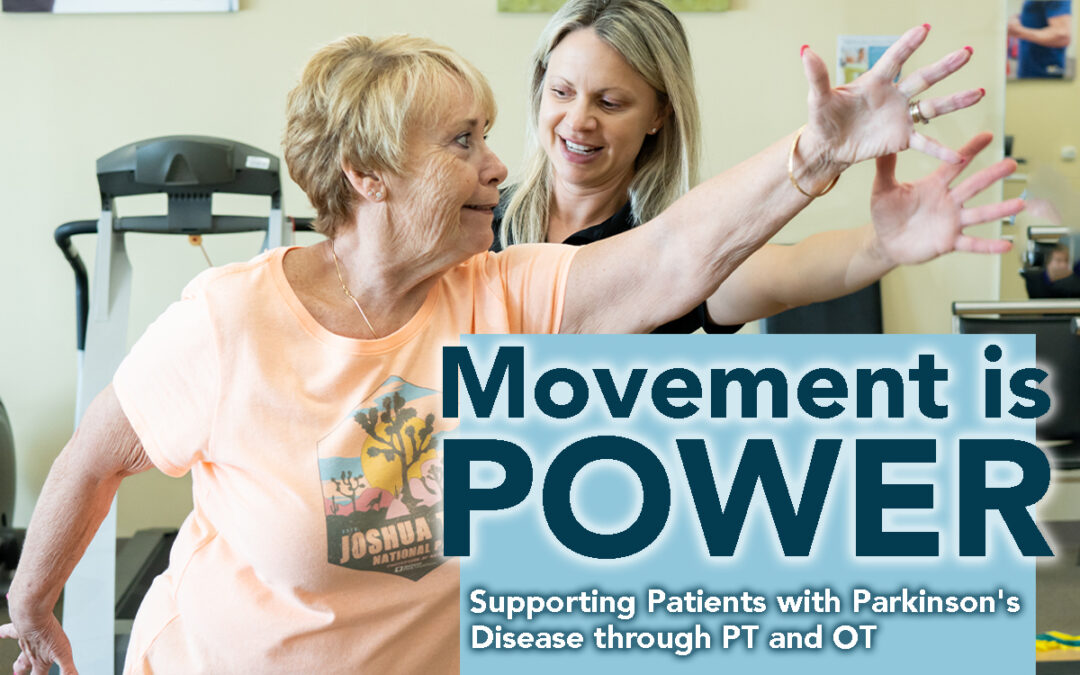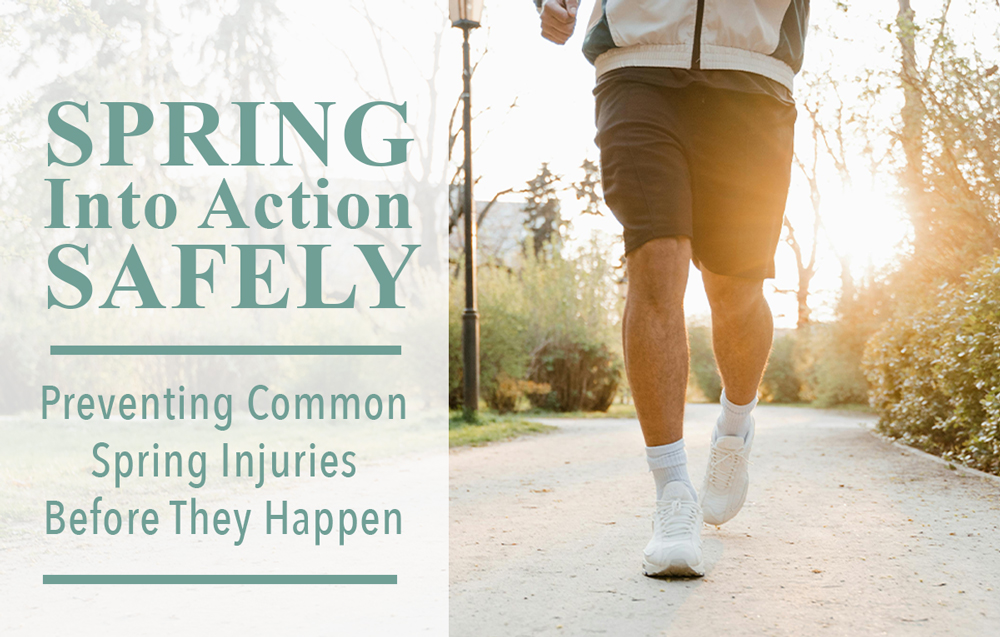
Staying Active in the Summer Heat: Safety Tips for Hot Weather Movement
Staying Active in the summer heat
Safety Tips for Hot Weather Movement
Summer is a great time to get moving—longer days, more sunshine, and fresh motivation to stay active. But with rising temperatures comes added risk. Heat exhaustion, dehydration, and fatigue can sneak up quickly if you’re not prepared. Whether you’re walking, gardening, golfing, or working toward recovery, it’s important to know how to keep your body safe while staying active in the heat.
1. Time It Right
Avoid peak heat hours (usually 11 a.m. – 3 p.m.) and aim for early morning or late evening activity when the sun is lower and temperatures are cooler. If you do have to be active during mid-day, seek shaded areas and take frequent breaks.
2. Hydrate Before, During, and After
Don’t wait until you’re thirsty! Start hydrating well before activity and continue sipping throughout. Water is key, but if you’re sweating heavily or active for more than an hour, a drink with electrolytes can help replenish lost minerals and prevent cramping.
3. Dress Smart
Choose lightweight, breathable clothing in light colors. Moisture-wicking fabrics can help you stay cool and dry. Don’t forget sunscreen and a hat to protect from sun exposure—even on cloudy days.
4. Listen to Your Body
Pay attention to signs of overheating like dizziness, nausea, excessive sweating, or a rapid heartbeat. If you notice any of these symptoms, stop activity immediately, find a cool spot, and hydrate. Heat-related illnesses can escalate quickly.
5. Adjust Your Expectations
You may need to scale back intensity during hotter days—and that’s okay. Your body is working harder to regulate temperature, so it’s smart (not lazy!) to slow your pace, take breaks, or modify your workout to stay safe.
The Role of Physical Therapy
PT TIP:
If you’re recovering from an injury or managing a chronic condition, the heat can affect your endurance and joint comfort. Our physical therapists can help you adapt your routine and recommend safe ways to stay active all summer long. Reach out to us, you do not need a prescription to do so!
Schedule Your Appointment Today
Physical Therapy, Occupational Therapy and Exercise & Weight Management professionals can help you move more comfortably, improve your strength and flexibility, and make daily activities less painful. Don’t wait—schedule an appointment today and take control of your physical health.






Recent Comments